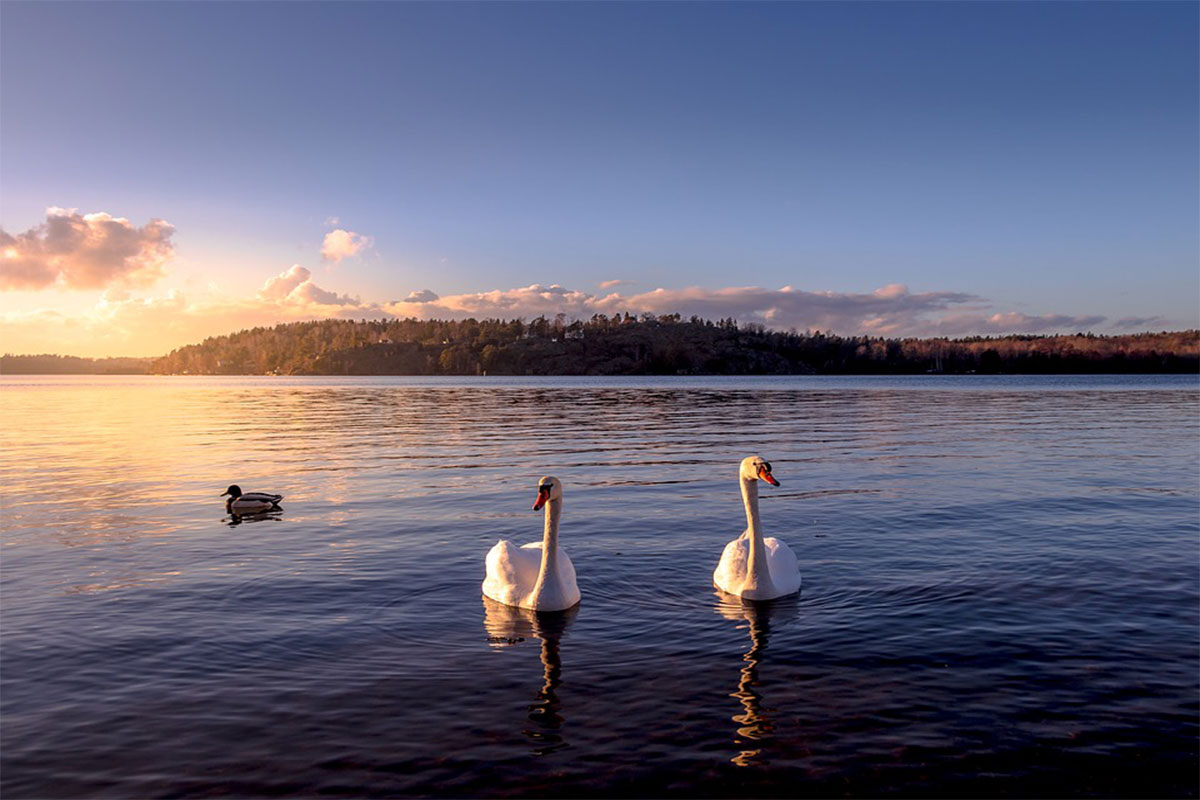At one time in history, the Vikings were people from Scandinavia who, among other locations, went to North America and the Near East. We have prepared a list of the top ten most famous Vikings facts about Sweden. They were merchants, farmers, and warriors, to mention just a few of their numerous jobs. However, while they are one of the most renowned Viking tales, in the first place, it is dubious. In 11th century images, they are shown wearing plain leather or iron casks, which are characterized as basic.
Some Viking images show them without their helmets, which is an uncommon event. Wikipedia states that horned helmets were a relatively recent innovation, dating back to the 1800s when Scandinavian artisans fashioned horned casks for theatrical show characters.
Top 10 Famous Vikings facts about Sweden
What if I told you that a significant proportion of Viking expeditions originated in Sweden? Yes, you are quite right. Here we have explained the top famous Vikings facts about Sweden. Even though the Vikings are better recognized in Norway, many originated in Sweden and traveled east to places as far away as Constantinople and beyond.
Before Christopher Columbus claimed to have “discovered” America, Vikings had visited the continent about 500 years before Columbus claimed to have “discovered” it, landing in Canada around AD 1000.
- Two of the many gods that the Vikings worshipped were Thor, the god of thunder, and Loki, a mischievous mischief-maker with the power to change into various animals. What a terrible monster you have created!
- In addition, the Vikings were very talented boat builders and sailors. It was easy to handle their 16 to 37m-long ‘longboats’, which had central spines running along the bottoms, and since they were designed to float high in the water, landing on beaches was straightforward.
- The Vikings were environmental pioneers in their own right – kind of! For the ‘long houses’ where residents lived during the summer months, turf roofs were utilized to keep the heat and bugs out.
- In the Harry Potter books, the werewolf is named after a sizeable ferocious wolf from ancient Viking mythology, which is why he is referred to as Fenrir Grayback (the Gray Wolf).
- On top of that, when famous Vikings died, their corpses were placed on a burial ship together with all of their belongings, including clothes, jewelry, and even their animals. The circumstances would dictate whether or not this was covered with a massive mound of soil or torched and thrown into the sea.
- Despite the harsh Scandinavian winters and ice fjords, Vikings continued to feast on their favorite food: fish. It was customary for them to hang and dry fish during the warmer months to eat it later.
- Have you ever wondered how the word “berserk” got its beginnings? Berserkers were fierce Viking warriors who fought in bear or wolf skins and howled like wild animals, earning the nickname “Berserkers.”
- Between AD 800 and 1066, the Vikings were well-known for traveling great distances from their home in Scandinavia to raid and plunder. Still, they were also renowned for trading with people from other countries throughout this period.
- Viking is derived from the Old Norse language and means “pirate assault” in English.
- In the first place, they did not refer to themselves as Vikings in any way. In the course of the story, the character was given this moniker as well. Ostmen, Norsemen, Norse, and Danes were among the titles used to describe the Vikings, who also went by other names such as Norse and Norsemen.
Read More; Interesting Historical Facts about Sweden

